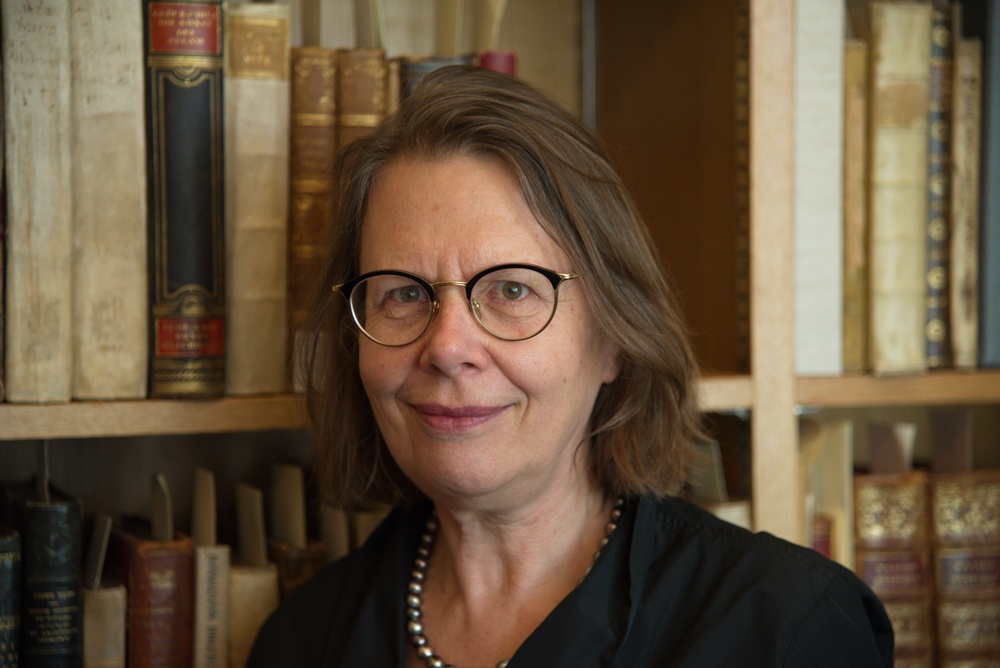Christine Göttler
Silver, salt, and ivory: A saltcellar for Peter Paul Rubens
2019-2020 (September-January)

Biography
Christine Göttler is Professor emerita of Art History at the Universität Bern. Her current research interests concern the interactions between various arts (including the so-called alchemical arts), the art of early modern Antwerp in its global context, and the visual and spatial imagery of interiority and the imagination. She is the author of Last Things: Art and the Religious Imagination in the Age of Reform (2010). Among her recent publications related to the topic of her project are: Knowledge and Discernment in the Early Modern Arts, ed. with Sven Dupré (2017); and The Nomadic Object: The Challenge of World for Early Modern Art, ed. with Mia M. Mochizuki (2017).
Project Summary
The world of objects, artifacts, and material goods is at the core of this project that investigates the imageries and imaginaries associated with precious metals and materials in seventeenth-century Antwerp. Among the objects discussed is a saltcellar produced circa 1628 by the Antwerp silversmith Jan Herck and the Augsburg sculptor Georg Petel, the latter following Rubens’s design for the triumph of Venus, born from the salty spume of the sea. Created with raw materials from largely colonial sources (elephant ivory from Africa; silver from the New World; coral, most probably traded through Genoa; pearls and shells, most probably traded through Lisbon) the precious artifact served as a container for salt, to which early modern natural philosophy, medicine, and alchemy attributed great significance as a life giving and life preserving substance. Like the work of the silversmith and the ivory carver, salt was considered a product of both nature and art. Since antiquity sea salt had been produced by the evaporation of sea-water ponds or pits in the heat of the sun; considerable labor (including forced labor) was then needed to transform the crystallized salt into refined white salt. The study attempts to bring together the histories and historiographies of craftsmanship, connoisseurship, collecting, and trade, and aims to situate the history of Antwerp’s visual and material culture in a context that takes into account its interactions with global narratives and processes.
